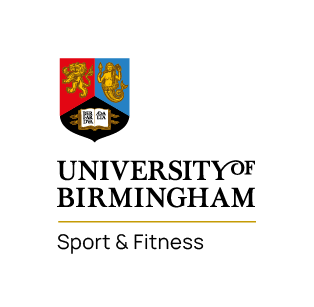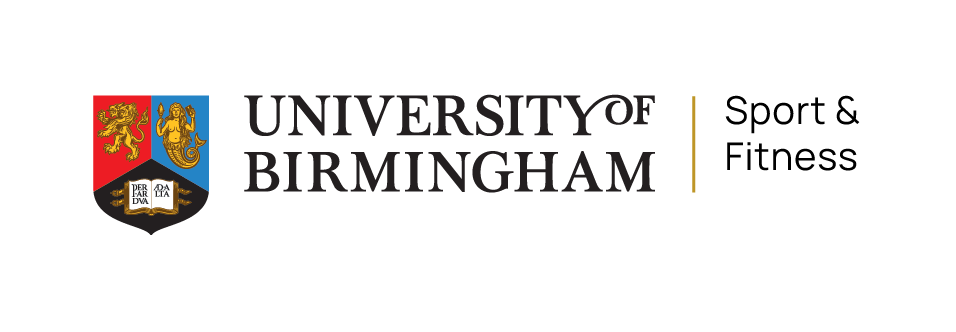
Show your heart some love this Valentine’s Day with cardio
Show your heart some love this Valentines Day February is the month of Valentine’s Day, and what better way to love your body than by

Show your heart some love this Valentines Day February is the month of Valentine’s Day, and what better way to love your body than by
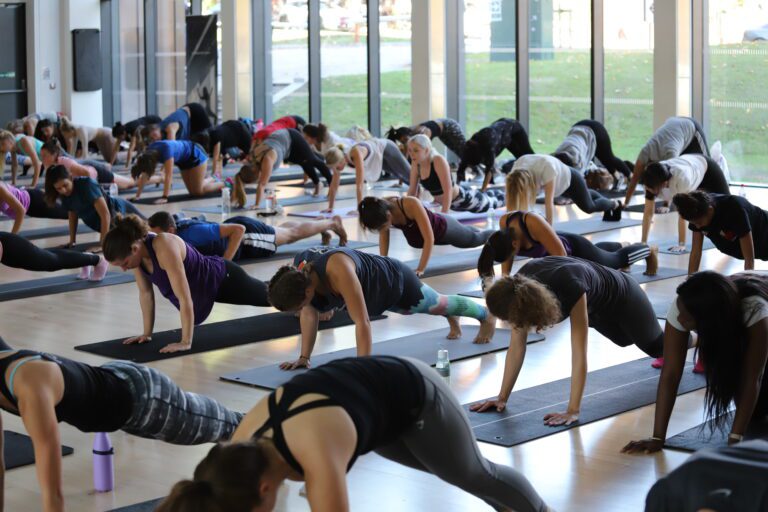
Why Exercise is the Ultimate Mood Booster on Blue Monday Are you feeling the post-holiday blues this January? Movement and exercise have been proven to
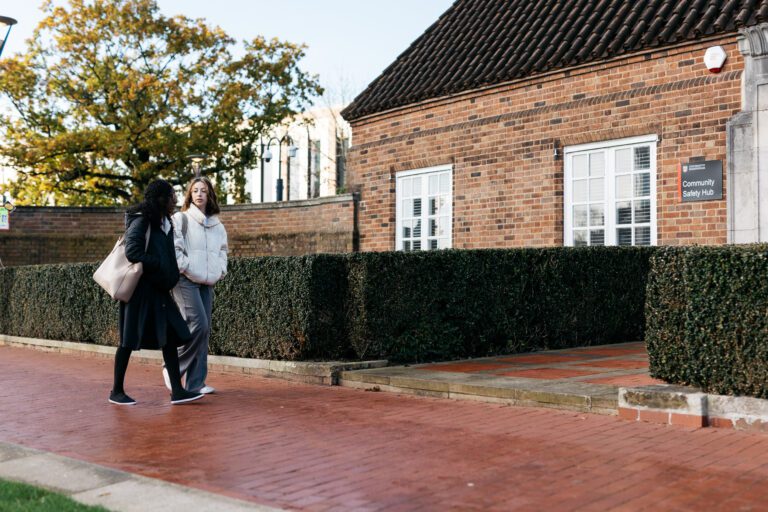
Beat the festive fitness slump with these simple habits The festive season is for many a prime time to unwind, relax and enjoy tasty food
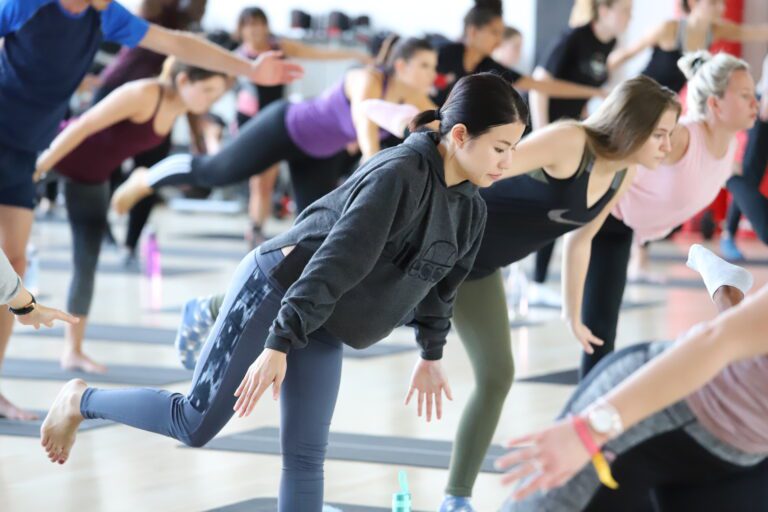
International Yoga Day: Hear from our Instructors Wednesday 21 June 2023 is International Yoga day- and this year we wanted to mark the day by
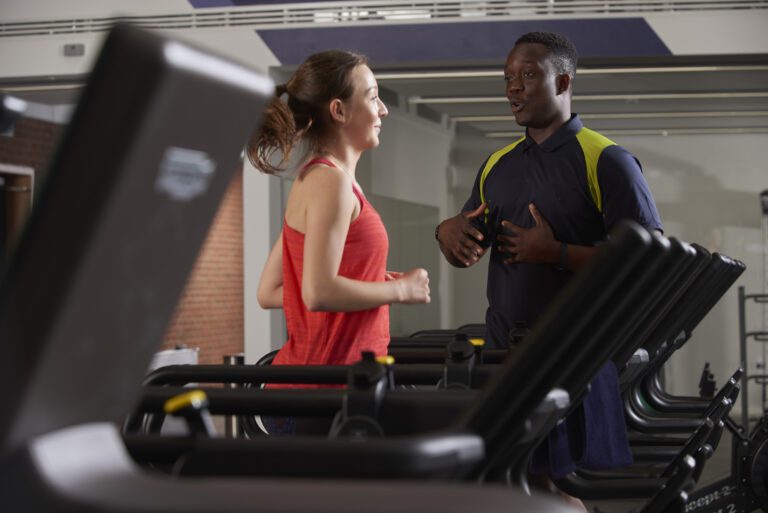
Goal-Setting with Joe, Fitness Instructor We caught up with Joe, who has been working full time as a gym supervisor at UoB since 2019. Joe
Scroll down for more options…
Scroll down for more options…
Scroll down for more options…
